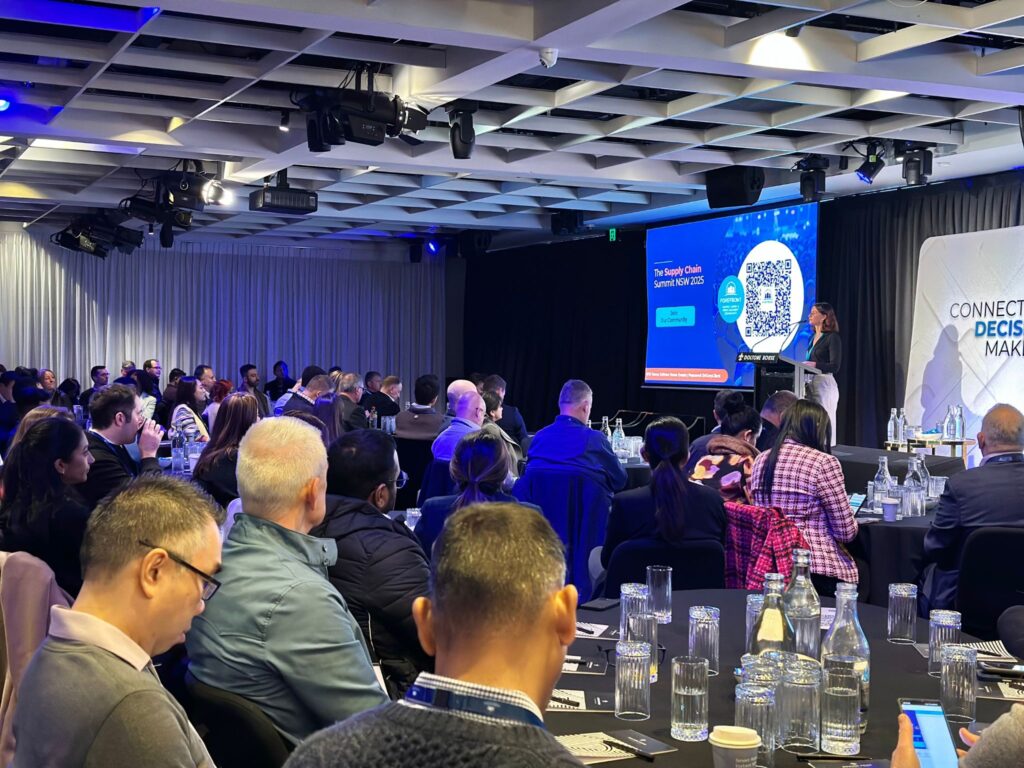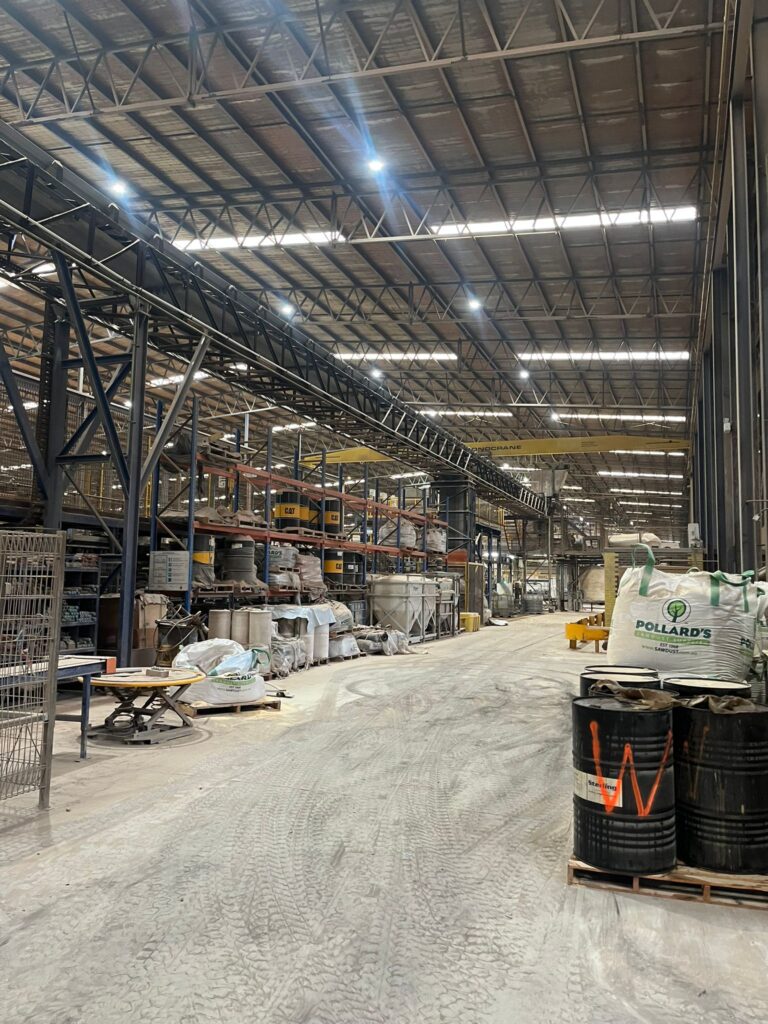Too often, people imagine the “factory of the future” as highly automated, with lines of industrial robots performing repetitive, difficult, or dangerous tasks at high speed and with high precision. In fact, this type of automation is not at all futuristic. It has already been implemented over the past 30 years, across most industry sectors around the world. However, experience shows that automation alone does not make a factory smarter. In fact, sometimes too much automation can make the factory inflexible and expensive to maintain.
On the other hand, the digital transformation of manufacturing work is indeed something new, with the promise of making the production operations “smarter”. In this vision of the future, factory staff and managers work with information, as well as physical production. Walking into one of these so-called smart factories – with aggregated big data, advanced analytics, machine learning, process virtualisation, and other digital technologies in use – what would be noticeably different?
At first glance, the factory might not seem too revolutionary; after all, many of those automated assembly lines have been in place for 10 or 20 years. But talking with the factory staff would begin to reveal the dramatic contrast between a digital manufacturing environment and a traditional one. In the smart factory, people have more pertinent information about the operations, streaming on watches, phones, tablets, laptops, and large screens. They would receive relevant insights, precisely when they need it, presented in a way they can understand and use it. They would be in better control of their processes, and know what is coming, predicting what will happen in the future based on data and algorithms. Thanks to this information, workers will be less stressed, since their work is more proactive and under control, rather than “firefighting.”
Furthermore, the key performance indicators (KPIs) of the smart factory would reveal higher quality levels, higher efficiency, increased throughput, fewer bottlenecks, and more flexibility. The smart factory operations would respond more easily to smaller lot sizes, increased product variation, changing customer requirements, and changing market conditions. It would further advance the vision and realisation of lean production that emerged in the 1990s (The Machine That Changed The World, Womack/Jones/Roos).
And it would be less damaging to our planet, since leaner is greener. The use of advanced analytics and machine learning can reduce the consumption of energy, water, and raw materials. It will also reduce the amount of re-processing and scrap. A smart factory can also be better synchronised with in-bound and out-bound supply chains, optimising logistics to lower transportation-related emissions.
Transforming a traditional “dumb” factory into a smart factory requires much more than just digital technology. Based on Argon & Co experiences with our clients, this digital transformation includes significant changes to the operating model, workflow, workstation design, processes, skills, management methods, and human behavior. The participation and engagement of the workforce is critical throughout the transformation process. During the innovation of digital use cases, many of the best ideas come from the staff who understand best how the daily operations work. Their engagement ensures that designs are relevant to reality of the users.
In the end, the smart factory can be thought of as having a digital “poka-yoke” system: mistake-proofing through prescriptive analytics. Most problems in manufacturing stem from human factors: misjudgment, human error, poor planning, delayed reactions to surprises, uninformed decision-making, or rash decision-making. A smart factory puts operational intelligence in the hands of people, to help ensure they take the right actions to make their work easier, avoid injury, optimise productivity, ensure quality, and minimise environmental impacts.







